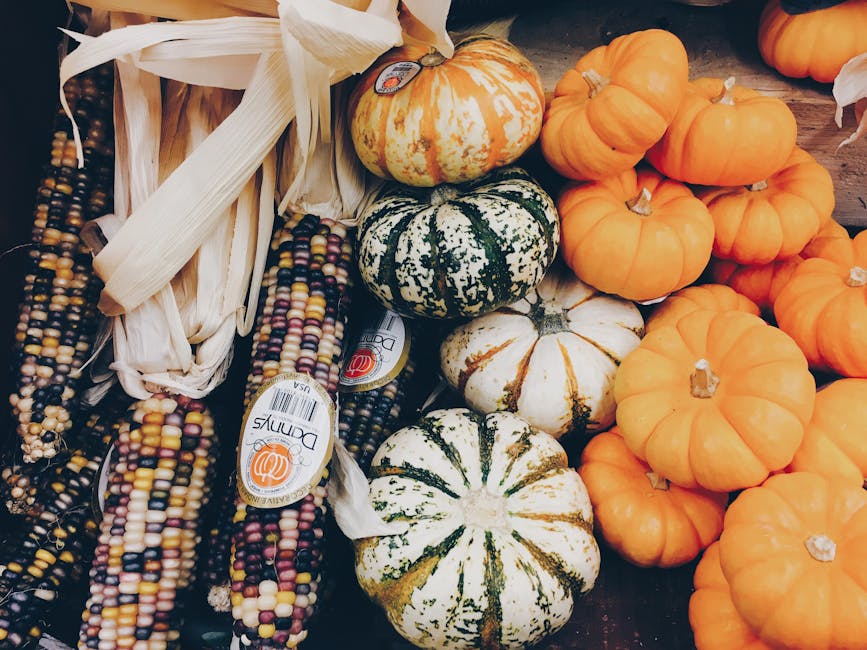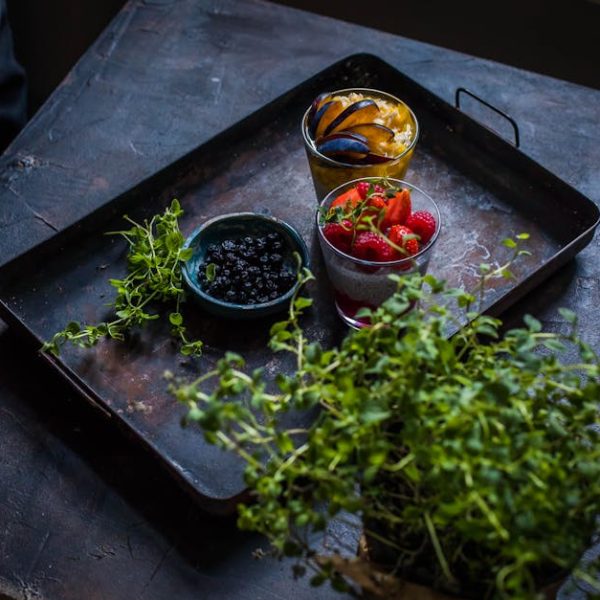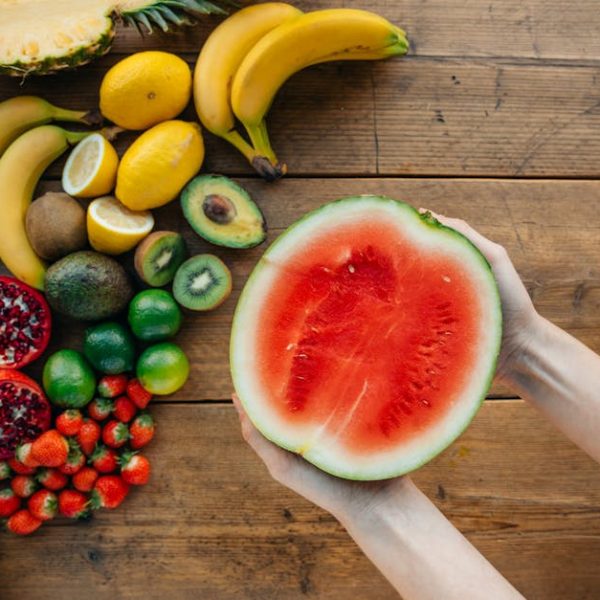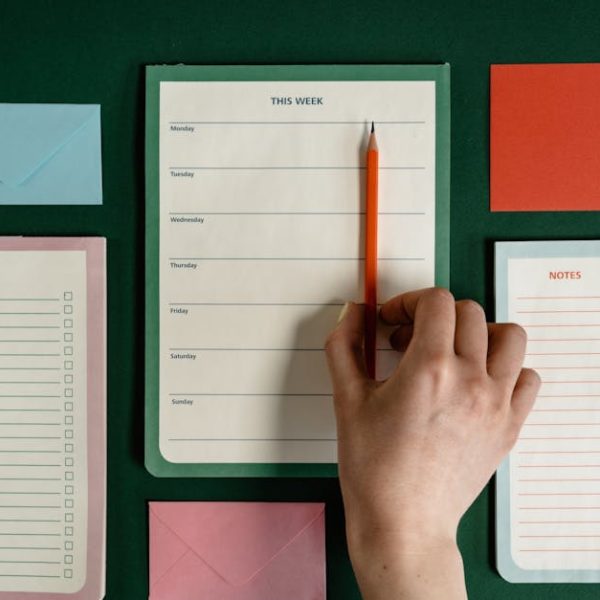There’s nothing quite like biting into a piece of crisp, vibrant squash. But what if you could extend that blissful experience and enjoy your favorite vegetable all year long? That’s where freezing comes into play. Freezing squash not only provides a convenient and economical supply of this nutritious vegetable but also retains its rich flavors and texture, offering an impressive similarity to its fresh counterpart.
Understanding the key steps and techniques for freezing squash is fundamental to achieving that delightful crunch when it’s time to thaw and savor this versatile delight. Timely blanching is crucial, as it halts enzyme activity that could otherwise lead to loss of flavor, color, and texture. Furthermore, blanching cleanses the surface of dirt and organisms, brightens the color, and helps to slow the loss of vitamins.
Next, grab those kitchen essentials. Properly freezing squash entails these prerequisite utensils:
- A sharp kitchen knife and sturdy cutting board
- A large pot for blanching
- A bowl for quick cooling
- Freezer-safe bags or containers
Here’s your pro-tip: Always allow the blanched squash pieces to fully cool down before packing them into freezer containers. This avoids condensation which could cause freezer burn, preserving your squash’s color, flavor, and nutritional quality.
An Insightful Guide to Freezing Summer Squash
Summer squash is more than a seasonal delight – it’s a balmy intrigue. To bottle-up that summertime magic, freezing comes to the rescue! The process involves few steps: cleaning and cutting the squash into half-inch slices, blanching in boiling water for three minutes, immediately cooling in ice water, draining, then packing in freezer bags or containers before bidding them a frosty farewell.
Take note of this step-by-step checklist to ensure your summer squash retain their daydream taste throughout the grim winter:
- Choose fresh, tender squash
- Slice squash into half-inch thick slices
- Blanch in boiling water for 3 minutes
- Cool promptly in ice water and drain
- Pack in freezer-safe containers and freeze
However, blanching isn’t universally acclaimed. While it enhances the freezing quality of summer squash by preserving color, texture, and nutritional value, some argue it can lead to a slightly mushy outcome. Nonetheless, the benefits of blanching seem to outshine the drawbacks – this comparison should help you decide:
| Blanching before Freezing | Direct Freezing | |
|---|---|---|
| Texture | Retains firmness better | Slightly softer/mushier |
| Nutritional Value | Better preserved | May lose some nutrients |
| Color and Flavor | Better preserved | Possible slight changes |
Surefire Techniques to Freeze Winter Squash
Winter squash encompasses popular varieties like pumpkin, butternut, and acorn, offering a delightful blend of flavors and contrasting textures. These sturdier squash types exhibit a longer shelf-life but, with proper freezing practices, their impressive fridge-stay can be further amplified.
Freezing winter squash involves a slightly different procedure than its summer relative, requiring baking or steaming until tender, rather than blanching. The procedure is as follows: clean your squash, cut it into the desired pieces, cook until tender, allow to cool completely, then pack and freeze.
Take note of these best practices when dealing with specific winter squash varieties. For instance, butternut squash is best frozen in cubes, enabling easy use in soups and stews. Pumpkin, on the other hand, yields best results when frozen as a puree, providing easy incorporation into pie mixes or other baked goods.
Unlocking the Culinary Potential of Frozen Squash
Frozen squash is more than just a convenient, year-round supply of your favorite vegetable. With a little creativity, it can also be the versatile hero in a myriad of recipes. Whether you’re crafting a hearty winter soup or a light summer salad, frozen squash can prove to be your secret ingredient.
While thawing your frozen squash is one common approach, certain recipes like soups and stews allow for incorporating the squash directly from the freezer, cutting down on prep time. Be mindful however, that cooking times may need a little tweak especially when using frozen squash in place of fresh ones.
Unleash your culinary creativity with these palate-pleasing recipe ideas:
- Heartwarming squash soup: Blend thawed squash to a smooth consistency, sauté with onions and garlic, and simmer with vegetable stock.
- Fibrant roasted veggie mix: Toss frozen squash with other vegetables, olive oil, and your favorite spices, then roast to perfection.
- Decadent squash casserole: Mix thawed squash with grated cheese, breadcrumbs, and egg for a golden-baked, hearty side dish.
- Healthy, homemade squash puree for baking: Use your frozen squash to create a natural sweetener for your favorite cake, muffin, or pie recipe.
Here’s a little nugget of wisdom for you: If you’re using frozen squash in a soup or stew, there’s no need to thaw it. Just toss it right in and let it cook – it’ll come out beautifully!
Preserving Your Squash Against Freezer Burn and Maintaining Freshness
Ever pulled out a bag of frozen squash, eagerly anticipating a delicious meal, only to find your squash afflicted with unsightly freezer burn? Trust me, it’s a heartbreak no squash inspector deserves. Freezer burn can ruin the texture and taste of your favorite veggie, but fortunately, it can be avoided.
Factors like fluctuations in freezer temperature, exposing frozen food to air, and keeping the squash frozen for too long can lead to freezer burn. Here are some major do’s and don’ts in the freezing game to stave off this common winter blight:
Do:
- Use high-quality, airtight containers or specialized freezer bags.
- Expel as much air as possible from the bags or containers before sealing.
- Keep your freezer at the correct temperature – around 0°F (-18°C).
Don’t:
- Freeze squash that’s already spoiling.
- Open your freezer too often, causing temperature fluctuations.
- Keep your squash frozen for too long. Six to eight months is a good guide.
Keep in mind, proper labeling and organization within the freezer can help maintain the quality and extend the shelf-life of your frozen squash. Regularly checking the contents of your freezer and rotating older items to the front can also play a part in freshness preservation.
By mastering the craft of freezing, your beloved squash can remain a fresh, vibrant, and nutritious component of your meals, regardless of season. With a little preparation, the right techniques, and some valuable tips, you’ll soon be defying nature and enjoying that last summer squash in the dead of winter. Key Takeaway:
- Freezing squash provides an economical way of enjoying this vegetable throughout the year while preserving its nutritional benefits and flavors.
- Blanching before freezing plays a vital role in maintaining the squash’s color, texture, and taste.
- The process of freezing summer and winter squash differs slightly, with winter squash requiring baking or steaming instead of blanching.
- Frozen squash can be used directly from the freezer in a variety of recipes, with some requiring no thawing at all.
- Emphasizing correct storage methods can prevent freezer burn and maintain the quality and freshness of the squash over time.
While the exciting journey of freezing your squash might seem intricate at first, step-by-step redundant instructions combined with the right tools make it all a breeze. Better still, revel in the joy of savoring your favorite vegetable throughout the year. And remember, practice makes perfect – each time you’ll get better at it.
FAQs
Q: Does freezing affect the nutritional value of squash?
A: While some nutrient losses can occur during blanching, overall, freezing preserves most of the squash’s nutritional profile. Make sure to use frozen squash within 6-8 months for the best quality.
Q: Is it necessary to thaw frozen squash before using it in recipes?
A: That depends on the recipe. For soups and stews, you can use frozen squash directly. For other dishes, you might need to thaw the squash before use.
Q: Can you freeze raw squash without blanching?
A: While you can freeze raw squash, blanching it beforehand helps maintain its color, texture, and nutritional value better when frozen.
Q: What is the best way to store frozen squash to avoid freezer burn?
A: Storing frozen squash in high-quality, airtight containers or specialized freezer bags can help prevent freezer burn. Also, try to remove as much air as possible from the bags or containers before sealing them.
Q: How long can you keep frozen squash?
A: For the best quality, try to use your frozen squash within 6-8 months.
Feel free to refer back to this guide whenever you plan to freeze squash or use it from your freezing stash. And don’t forget to share this post with your loved ones so they too can benefit from these handy tips. Continue exploring more valuable articles here on our site.






